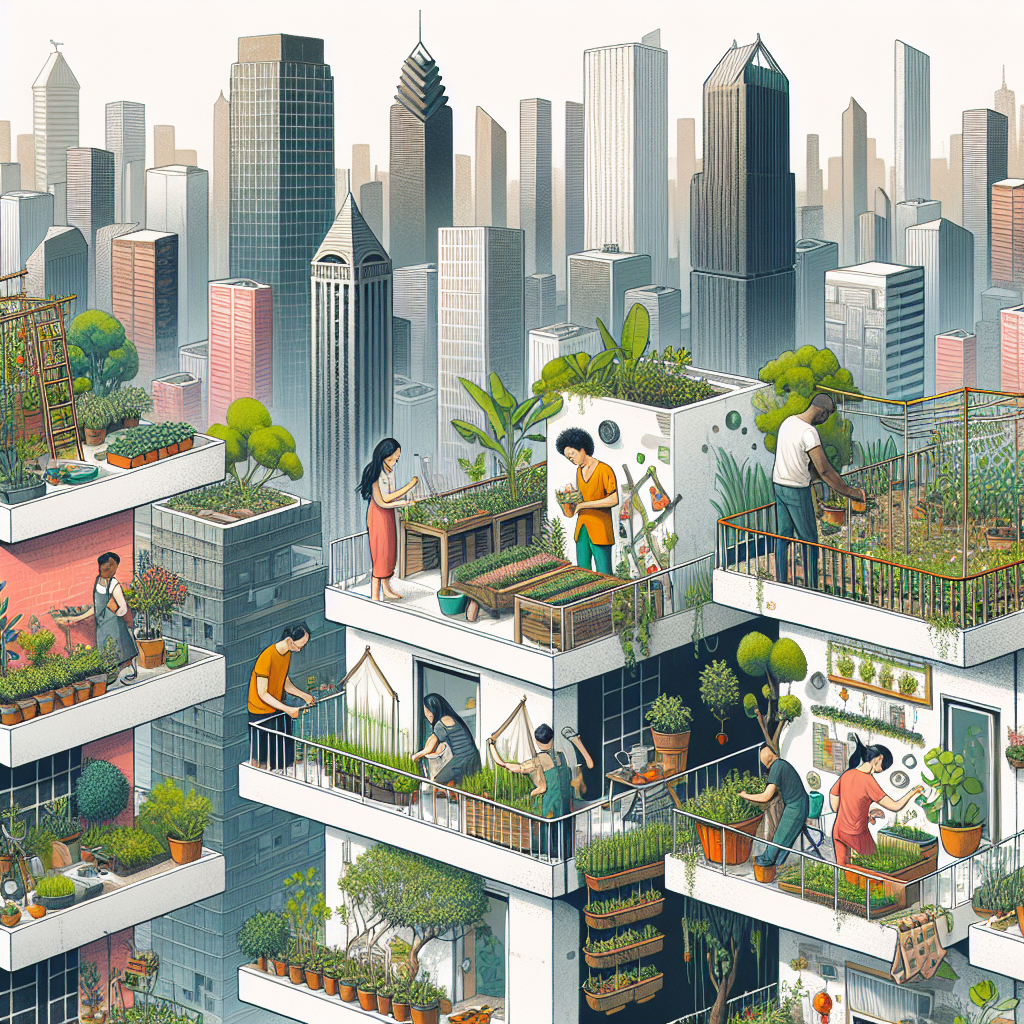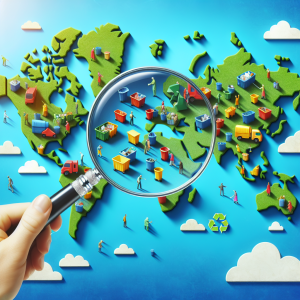The Future of Sustainable Packaging
Sustainable packaging is rapidly becoming a focal point for businesses and consumers eager to mitigate the environmental impact of their purchases. As awareness of ecological issues increases, so does the demand for packaging solutions that prioritize sustainability without sacrificing functionality or aesthetics. Key trends indicate that sustainable packaging will not only redefine industry standards but also significantly influence consumer behavior in the foreseeable future.
Biodegradable materials are at the forefront of sustainable packaging innovations. Companies are investing in research to find materials that degrade naturally without leaving harmful residues. Bioplastics, derived from renewable resources such as corn starch and sugarcane, offer a promising alternative to traditional petroleum-based plastics. Their ability to break down under composting conditions positions them as a strong contender for widespread use in packaging. However, challenges remain in scaling production and ensuring that these materials decompose as intended across various disposal environments.
Recyclability is another crucial aspect of the future of sustainable packaging. The recycling infrastructure varies greatly between regions, influencing how products are packaged and disposed of. Brands are tasked with designing packaging that is not only easy to recycle but also educates consumers on proper disposal methods. Innovations in labeling, such as QR codes that offer recycling information and drop-off locations, are helping bridge the gap between responsibility and action. Additionally, closed-loop systems that encourage repeated use and return of packaging, such as refillable containers, are gaining traction.
Minimalist packaging approaches aim to reduce waste by eliminating unnecessary materials and focusing on essential design elements. This trend aligns with the growing consumer preference for simple and straightforward packaging solutions. Brands are beginning to understand that using less ink, fewer layers, and simpler structures not only cuts costs but also appeals to environmentally conscious buyers. Minimalist packaging enhances product visibility and transparency, often boasting clear communication of the brand’s eco-friendly efforts.
Digital printing technologies are revolutionizing the production of sustainable packaging. These technologies allow for on-demand and short-run printing, significantly reducing waste associated with traditional printing methods. This technique supports rapid turnover and customization, which is crucial for maintaining relevance in the fast-paced consumer goods market. The precision of digital printing also facilitates the incorporation of intelligent packaging elements like QR codes and augmented reality features that can offer consumers tailored experiences while reducing material use.
Sustainable packaging is increasingly reliant on renewable energy sources in its manufacturing processes. By committing to solar, wind, or hydroelectric power, packaging manufacturers can drastically reduce their carbon footprints. This shift not only benefits the environment but also aligns companies with global efforts to combat climate change. Engaging in energy audits and implementing energy-efficient practices across the supply chain further solidifies a brand’s commitment to sustainable operations.
Innovation in materials is another significant driver of sustainable packaging. Developments in nanotechnology are paving the way for stronger, lighter, and more versatile packaging materials. These materials can improve barrier properties and shelf life, which is particularly important in food packaging. Edible packaging is another promising area, where films made from natural ingredients can serve as protective layers that consumers can safely consume alongside the product. This innovation stands to significantly reduce the volume of waste sent to landfills.
The regulatory landscape surrounding sustainable packaging is evolving, with governments worldwide implementing stricter policies to curb plastic pollution. These regulations push companies to rethink their packaging strategies in favor of sustainable alternatives. Compliance not only assures legal operation but also enhances brand perception. Companies that proactively adapt to these changes demonstrate social responsibility and gain a competitive edge in regions where such measures are enforced.
Within the context of e-commerce, sustainable packaging is becoming even more significant. As online shopping continues to grow, so does the demand for packaging solutions that are efficient, cost-effective, and environmentally friendly. Shipping materials that are lightweight, protective, and fully recyclable address the concerns associated with excess packaging in online retail. Many e-commerce companies are redesigning their packaging lines to minimize void space and reduce material usage without compromising on product protection.
Consumer demand is a powerful catalyst for the shift towards sustainable packaging. As buyers become more educated on the environmental impact of their consumption choices, they increasingly seek brands that align with their values. This shift is particularly prominent among younger generations who prioritize sustainability in their purchasing decisions. Brands that successfully communicate the sustainability of their packaging not only attract eco-conscious consumers but also build long-term loyalty based on shared values.
Retailers are recognizing the marketing potential of sustainable packaging as a tool for differentiation in crowded markets. Eco-friendly packaging is often associated with high-quality products and ethical practices, enhancing brand image. Marketing campaigns that emphasize the sustainability of a product’s packaging can differentiate it from competitors and create an emotional connection with consumers. Storytelling, which involves sharing the journey of sustainable transformation, resonates well with consumers who support brands with transparent and authentic narratives.
Collaborations within the supply chain are essential to advance sustainable packaging initiatives. Companies are partnering with material scientists, environmental organizations, and regulatory bodies to develop innovative solutions that support environmental goals. Sharing knowledge and resources spearheads industry-wide changes and accelerates the transition to sustainable practices. By working together, these stakeholders can devise comprehensive strategies to overcome obstacles and champion the future of sustainable packaging.
In summary, the future of sustainable packaging is poised for transformative changes driven by innovation, consumer demand, and regulatory requirements. By embracing new materials, technologies, and practices, the packaging industry can significantly reduce its environmental impact while meeting the needs of conscientious consumers.




